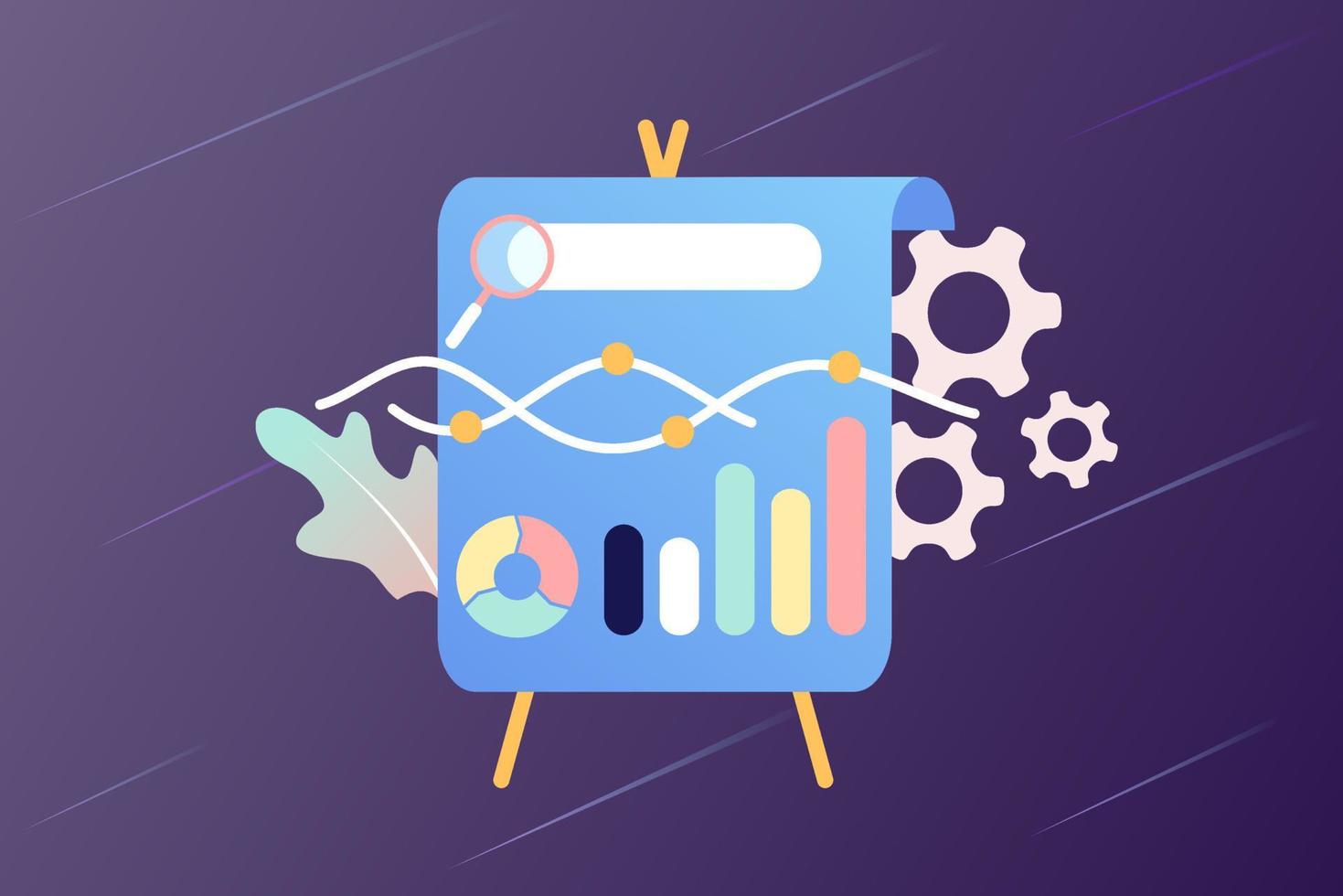Market research and statistics play pivotal roles in understanding consumer behavior, market trends, and making informed business decisions. In today’s competitive landscape, businesses rely heavily on data-driven insights to stay ahead. Let’s delve deeper into the world of market research and statistics to uncover their significance and impact.
Importance of Market Research and Statistics

1. Understanding Consumer Behavior
market research and statistics provide invaluable insights into consumer preferences, buying patterns, and demographics. By analyzing consumer behavior, businesses can tailor their products or services to meet specific needs, thus enhancing customer satisfaction and loyalty.
2. Identifying Market Trends
Tracking market trends allows businesses to anticipate changes in consumer demands and preferences. This foresight enables companies to adapt their strategies proactively, stay relevant in dynamic markets, and seize emerging opportunities.
Types of Market Research
1. Primary Research
Primary research involves gathering firsthand data through methods like surveys, interviews, and observations. This type of research provides direct insights into consumer opinions and preferences, offering a deeper understanding of market dynamics.
2. Secondary Research
Secondary research involves analyzing existing data sources, such as industry reports, academic publications, and market studies. While less resource-intensive than primary research, secondary research offers valuable context and benchmarks for decision-making.
Techniques and Methods in Market Research
1. Surveys
Surveys are commonly used to collect quantitative data from a large sample of respondents. With the advent of online survey platforms, businesses can reach a diverse audience and gather insights efficiently.
2. Interviews
In-depth interviews allow researchers to delve into the underlying motivations and perceptions of consumers. These qualitative insights complement quantitative data, providing a comprehensive understanding of consumer behavior.
3. Focus Groups
Focus groups facilitate interactive discussions among a small group of participants, offering nuanced insights into consumer preferences and attitudes. Through group dynamics, researchers can uncover hidden insights and explore diverse perspectives.
Utilizing Statistical Analysis in Market Research
1. Data Collection and Analysis
Statistical analysis enables researchers to analyze large datasets and identify meaningful patterns or correlations. By applying statistical methods, businesses can extract actionable insights and make data-driven decisions with confidence.
2. Interpreting Statistical Findings
Interpreting statistical findings requires a nuanced understanding of probability, hypothesis testing, and confidence intervals. Effective interpretation ensures that insights are accurate, reliable, and applicable to real-world scenarios.
Market Research Tools and Technologies
1. Software Solutions
Advanced analytics software empowers businesses to conduct sophisticated data analysis, predictive modeling, and market segmentation. These tools streamline the research process and enable rapid decision-making based on actionable insights.
2. Data Visualization Tools
Data visualization tools transform complex datasets into interactive charts, graphs, and dashboards. By visualizing key metrics and trends, businesses can communicate insights effectively and drive organizational alignment.
Challenges
1. Data Accuracy and Reliability
Ensuring data accuracy and reliability is a persistent challenge in market research. Sampling biases, measurement errors, and data inconsistencies can undermine the validity of research findings, necessitating rigorous validation and verification processes.
2. Cost and Time Constraints
Conducting comprehensive market research can be time-consuming and resource-intensive. Budget constraints, tight deadlines, and competing priorities often pose challenges for businesses seeking to obtain reliable insights within limited resources.
The Role of Market Research in Business Growth
Market research serves as a compass for strategic decision-making and business growth. By understanding market dynamics, anticipating consumer needs, and identifying competitive advantages, businesses can innovate, adapt, and thrive in dynamic environments.
Conclusion
In conclusion, market research and statistics are indispensable tools for businesses seeking to understand consumer behavior, track market trends, and drive strategic decision-making. By leveraging diverse research methods, statistical techniques, and technological advancements, businesses can unlock actionable insights and gain a competitive edge in today’s rapidly evolving markets.
Ready to experience the power of data-driven decision-making? Request a demo from AIM Technologies today and discover how our innovative solutions can revolutionize your business strategies.
FAQs
Why is market research important for businesses?
- Market research helps businesses understand consumer preferences, identify market trends, and make informed decisions to drive growth and innovation.
What are the different types of market research methods?
- Market research methods include primary research (surveys, interviews, focus groups) and secondary research (analysis of existing data sources).
How does statistical analysis contribute to market research?
- Statistical analysis enables researchers to analyze large datasets, identify patterns, and derive actionable insights to inform business strategies.
What are some common challenges in market research?
- Challenges in market research include ensuring data accuracy, navigating cost and time constraints, and interpreting complex statistical findings.
How can businesses overcome challenges in market research?
- Businesses can overcome challenges by investing in robust research methodologies, leveraging advanced analytics tools, and prioritizing data-driven decision-making.





I simply could not go away your web site prior to suggesting that I really enjoyed the standard info a person supply on your guests Is going to be back incessantly to investigate crosscheck new posts